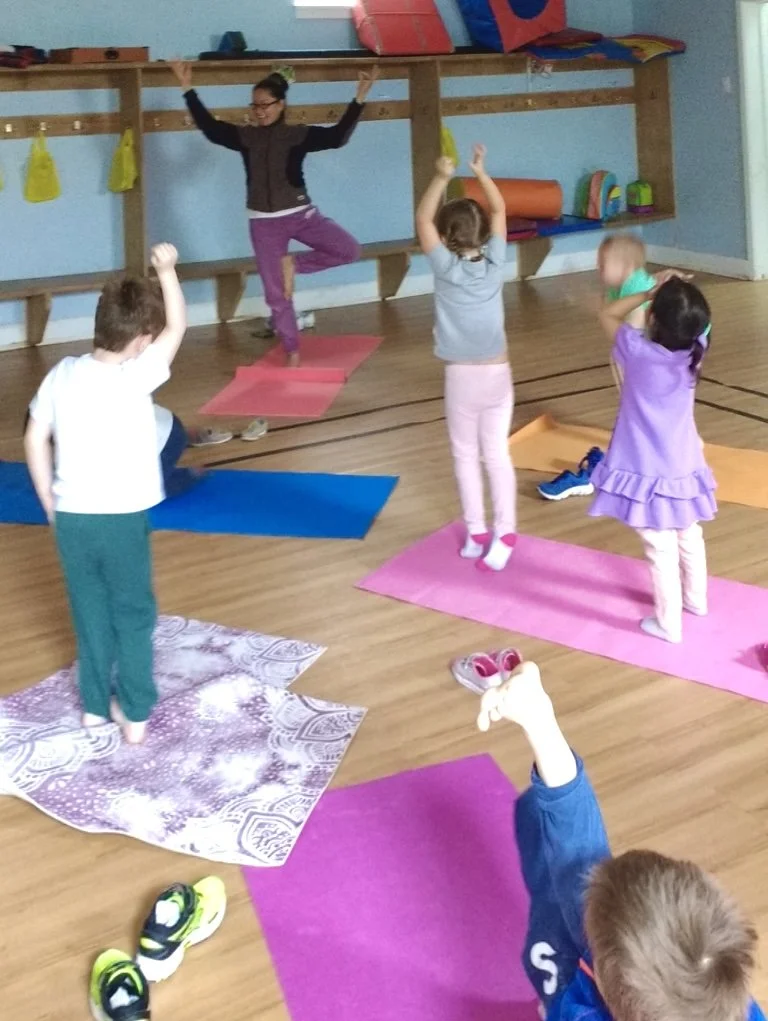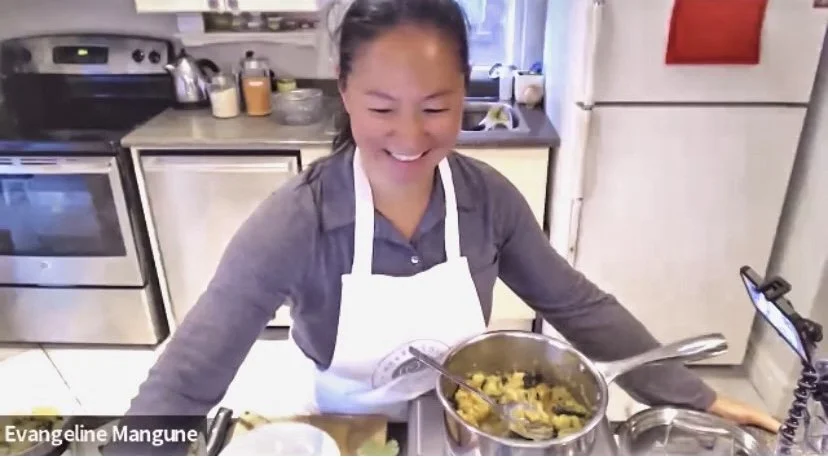Ojas - Resilience and Immunity in Ayurveda
Hi I’m Evangeline! Welcome to my blog. I am mom and lover of all things health and wellness. By profession- a Registered Massage Therapist and Yoga & Ayurveda consultant. I started this blog back in the early days of Covid19 as a way to stay in touch with my clients, and it’s grown into a space to share what I love most. Here you’ll find health tips and nourishing recipes I make for my family, sprinkled with Ayurveda and Yoga wisdom. My hope is that these posts inspire you to care for yourself in small, joyful ways and feel a little more balanced in everyday life.
As an RMT in Ontario, I offer treatments for decreasing tension or pain of soft tissue, muscles and joints. At the end of a treatment clients are educated and recommended self-care in support of their health goals and personal wellness. No one can deny the importance of self-care. In my Ayurveda and Yoga training, discovering a treasury of self-care practices was so inspiring and implemented smoothly into my practice, such as mindful breathing (pranayama), meditation, and the importance of sleep (nidra/swapna)— practices that require no gadgets, only simple, effective tools that nourish, rejuvenate and restore balance.
At the root of all self-care—breathwork, meditation, sound sleep, cooking a healthy meal, stretching at your desk, unplugging from devices, enjoying quiet time, or booking in with your therapist—is our essential need for love and nurturing. By listening and honoring what we need, we feed not just our body, but our heart, mind and spirit. In Ayurvedic terms, every act of genuine self-care helps us cultivate ojas, the vital essence of life.
What is Ojas?
In Ayurveda, ojas is described as the finest product of well-digested food—the subtle essence that gives us health, strength, vitality, immunity, and a radiant glow. But food isn’t the only source of ojas; we also make ojas from soma. Vaidya Rama Kant Mishra, my Ayurvedic teacher, called ojas “the connecting factor between every organ and system.” He also described it as the subtle intelligence—neurotransmitters and hormones—that keeps the body and mind functioning in harmony. Marianne Teitelbaum, DC, explains in Healing the Thyroid with Ayurveda that we build ojas when we feel happy, peaceful, and joyful—much like serotonin increases during moments of contentment. We absorb soma from the moon, and generate soma during sleep.
Ojas, Soma, Prana
Ojas sustains us day to day and cushions us during times of stress.
According to Shaka Vansiya Ayurveda (SVA):
Soma is the raw material for ojas.
Agni, the heat of the sun, processes and balances soma.
Marut, the vibrational intelligence of space and air, moves soma and agni throughout the system.
Together, soma, agni, and marut form prana, the vital energy that powers all life. We receive prana from food, water, and breath—but it can be weakened by over-processed foods, polluted air and water, pesticides, and electromagnetic stress.
When ojas is low, we become more vulnerable to fatigue, imbalance, and illness. This is why daily replenishment is essential. Ayurveda teaches that ojas is strengthened through three foundational pillars of health (Charak Samhita).
Supporting and Replenishing Ojas
Food (Ahar): Fresh, well-prepared meals and pure water, rich in prana.
Sleep (Swapna): Early bedtime, rising with the sun, and living in rhythm with nature.
Conduct (Brahmacharya): Right action, balance, and mindful living.
Keep Ojas High: Simple Practices
Seasonal transitions can be challenging for the body. As we move into fall and towards winter, try these SVA-inspired practices to keep your ojas—your vitality and resilience—strong:
✨ Keep your channels open.
Unclogging the body’s physical channels (shrotas) and energy channels (nadis) prevents stagnation that can lead to constipation, bloating, fatigue, joint pain, or low mood. Children, with their free-flowing channels, show us what vitality looks like!
✨ Soothe your heart.
Nourish your emotional center with calming rituals: a moonlit walk after dinner, a cup of tulsi tea, relaxing music, meditation, or a warm bath with rose and lavender.
✨ Cool your liver.
Avoid habits that overheat and stress the liver, such as staying up too late or skipping meals. Keeping a steady rhythm helps preserve energy and balance.
✨ Eat warm, unctuous meals.
In the colder seasons, favor moist, grounding foods cooked with ghee or olive oil. Reduce overly dry, salty, or rough foods that aggravate fall and winter imbalances.
✨ Practice abhyanga (oil massage).
Massage warm oil into your skin to detoxify, hydrate, and calm the nervous system. Leave the oil on for 20 minutes before a warm bath or shower. Almond or grapeseed oils are balancing; sesame oil may be too heating for sensitive skin, and coconut oil is best saved for summer.
The Essence
Self-care is not indulgence—it is nourishment. Each mindful act, from food to rest to ritual, creates ojas, the essence of immunity, vitality, and radiant health.
To learn more about building and protecting your ojas, explore our Ayurvedic and Yoga offerings, free wellness webinars, and Ayurvedic cooking course.
References
Vaidya R. K. Mishra- Personal Notes from Shaka Vansiya Ayurveda Courses, Practicum, Conferences and Lectures 2003-2015
Marianne Teitelbaum- “Healing the Thyroid with Ayurveda”, 2019


